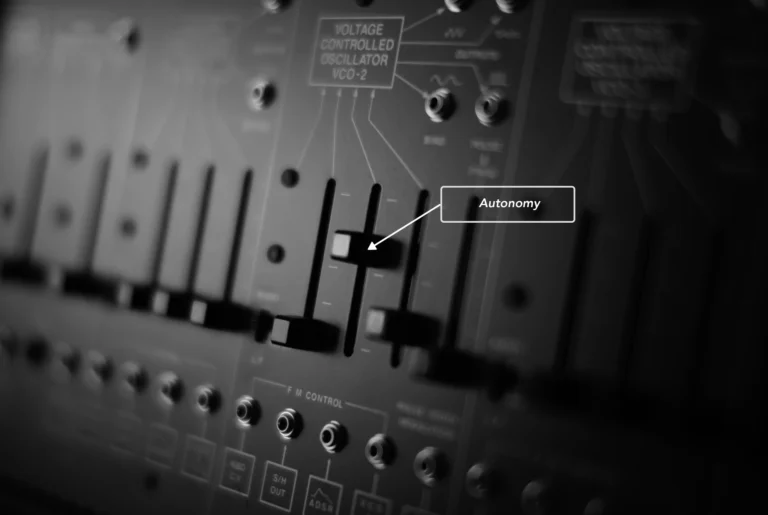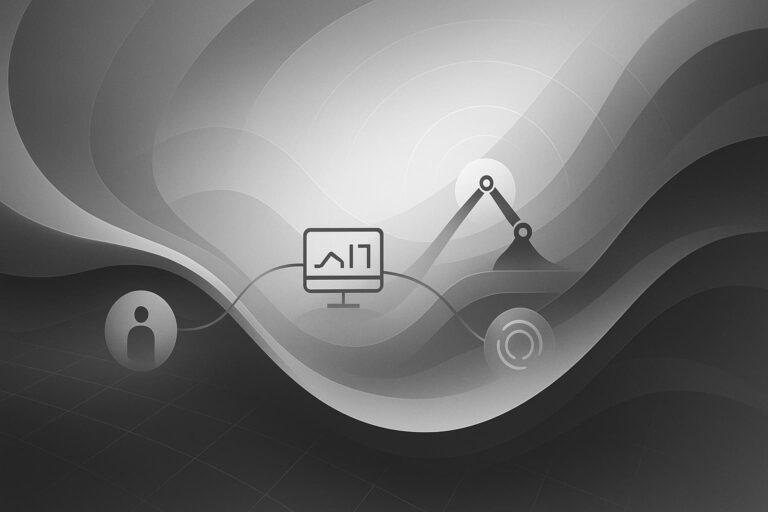What is teleoperation?

Teleoperation is the operation of a system or machine at a distance, and is sometimes referred to as “remote control”.
Teleoperation in the physical world, however, is most often associated with robotics and mobile robots, where those robots help human users complete both simple and complex tasks from afar.
Some robots feature teleoperation as a key operation mode. The main job of these teleoperated robots is performing a physical task from a distance while being directly controlled by a human operator. This remote control allows workers to stay at a safe distance when dealing with unpredictable or dangerous situations or environments. Robots can explore the area or perform a specific task, such as disarming a bomb or examining a damaged underwater well pipe. Teleoperation also enables experts from around the world to solve problems from afar, whether the problem is a clogged heart valve or troubleshooting a satellite thruster malfunction from Earth. The ability to interact physically while located elsewhere makes robots primarily operated via teleoperation well-suited to applications in the military, healthcare, manufacturing, and scientific exploration and discovery fields.
Some autonomous robots are also equipped with teleoperation capabilities that enable a human operator to attempt to get a robot back to work remotely. Teleoperating a disabled robot allows a robot operator to attempt to revive a robot or navigate around an obstacle in the way of the robot’s intended path. Only after attempting remote resolutions do robot operators typically need to intervene physically on-site to correct the issue.
How does teleoperation work?
A teleoperation system consists of two parts. It includes a telemanipulator that a human operator controls at a distance and one or more robotic devices that telemanipulator can control. The telemanipulator could be a mobile app that lets a robot operator control the device through a touchscreen. Or the telemanipulator could be a browser window, a pair of sensor-enabled gloves a human wears that transmit the same motion to a robot in a different location, or even a vision-based control system. Regardless of form factor, the human operator uses the telemanipulator to send signals to the robotic device via Wi-Fi, Bluetooth, cellular or radio signals, or other connections. The robot or robotic device then carries out the functions, guided by the movements and instructions of the remote operator. The robot in question could be a fixed industrial robot, an autonomous mobile robot on wheels, a drone, or even Boston Dynamic’s Spot.
What are the benefits of using teleoperation?
There is a wide range of benefits for teleoperation including:
- Increased safety for human workers. Teleoperation allows humans to use their skills in environments that could be dangerous or unpredictable while staying at a safe distance. Exploring the environment after a disaster, defusing a bomb, and using robots to detect and defuse landmines are example use cases. The ability to avoid danger for human operators makes teleoperated robots a good fit for fire and rescue and law enforcement agencies, as well as the defense and military sectors.
- Ability to explore and interact with unknown or dangerous environments. Sometimes the environment is simply too harsh for humans, such as in space, deep underwater, or in extreme heat or cold. For example, teleoperation extends the exploration of the solar system beyond simple observation, allowing space agencies to collect samples, perform small-scale experiments, and service space stations and satellites from Earth.
- Increased productivity and cost savings. If every disabled robot required an in-person intervention, it would depress autonomous robot adoption. Fortunately, teleoperation enables robot operators to determine what is keeping the robot from its assigned task and attempt to resolve the issue remotely, saving on-site rescues for cases where teleoperation is not sufficient, slashing maintenance and service expenses.
- Enables remote work for physical, in-person jobs. While knowledge work made a rapid transition to remote work in recent times, jobs involving physical interactions haven’t made the same leap yet. Teleoperation allows experts to use their skills at a distance, removing the need to travel (and the related costs and time required). With wider adoption, teleoperation can further remove geographic limitations, helping resolve labor shortages by broadening the pool of available talent beyond commuting distance.
- Speeds robotic training time when combined with machine learning. Programming a robot to do each precise movement needed to complete a task seems straightforward enough, but if the task requires precision in an uncontrolled environment, robot failure is frequent. Machine learning, combined with a human teleoperating the robot, however, allows robots to learn more rapidly how to address the unexpected. This training method organically exposes the robot to tricky situations, such as addressing the screw that rolled away from where it was placed or picking up a flexible piece that flopped the wrong way.

Explore our data ops platform
The main job of these teleoperated robots is performing a physical task from a distance while being directly controlled by a human operator.
Robot teleoperation applications
Some of the most popular robot teleoperation use cases include:
- Remotely operated vehicles (ROV). ROVs are vehicles controlled and operated remotely. An example is a remotely controlled submersible used for deep-sea exploration, or inspecting underwater oil and gas lines. And many startups are working to tackle remote driving, which is generally safer than fully autonomous vehicles guided by AI.
- Remote surgery. Remote surgery enables a surgeon to operate on a patient without being in the same physical location. Teleoperation in surgery is used in conjunction with AI to reduce the risk that human hand tremors could cause damage during delicate microsurgery. Teleoperation is also used in minimally invasive surgery, which is generally safer and easier to recover from.
- Uncrewed aerial vehicles. Often referred to as drones, this is an aircraft that flies without the physical presence of a human pilot, crew, or passengers. It is also known as a remotely piloted aircraft (RPA). Today, drones are used for a wide variety of applications, including search and rescue, terrain mapping, solar panel inspection, and military and law enforcement support.
- Bomb disposal robots. Bomb disposal robots are used to disable explosive devices while remotely controlled by a human operator at a distance. Teleoperation in this context enables explosives experts to closely observe a suspicious object to determine whether or not it poses a threat. Based on the results, teleoperated robots can defuse the bomb, detonate it in a controlled manner, or tow it away to a safer location for detonation or defusing.
- Manufacturing machinery. Typically fixed in place, robotic manufacturing machines are found in industrial applications such as automobile manufacturing and foundries, working with surface treatments, or performing oil exploration.
Technology supporting teleoperation
Teleoperation has been in use in some form or another since the 1960s, however, specific technological advances have extended both capabilities and applications. Some of these advances include:
- Improved sensors. Teleoperation is greatly aided by sensors that provide the robot operator with more data on the environment where the robot is operating. Improvements in sensor technology, along with dropping prices, are expanding the range of teleoperation tasks.
- High-resolution cameras. To effectively operate at a distance, being able to see what you are working on with clarity and detail is key. The improvements in camera technology, combined with downward price pressure, have made it more cost-effective to equip robots with high-quality cameras to enable 360-degree views.
- High-bandwidth wireless networks. All the rich data sensors and cameras can collect for robot operators would be useless without ways to transmit that information from the robot to the operator. The growth of high-bandwidth networks, such as 5G, as well as other improvements around communication protocols, have made it possible to provide operators with rich, timely data. At the same time, these networks also reduce latency so teleoperation occurs in near real-time.
- Robust backend data platforms and data management. All the data received by robot operators must be stored and analyzed, plus it also serves as training inputs for artificial intelligence and machine learning. The ability to collect, analyze, and then use that data for future improvements is now cheaper and more accessible thanks to affordable cloud computing and mature vendor offerings.
- Virtual reality. As teleoperation and virtual reality have advanced, it makes sense that researchers and inventors would bring the two together. Virtual reality is a telemanipulator setting that puts the robot operator in an immersive, 3D environment, rather than sitting in a room staring at a flat monitor and operating a joystick.
- AI and machine learning. Advances in artificial intelligence and machine learning are making teleoperated robots smarter and faster. They can learn more efficiently from human trainers and are getting sophisticated enough to remove tremors from a surgeon’s hand for delicate teleoperation microsurgeries.



